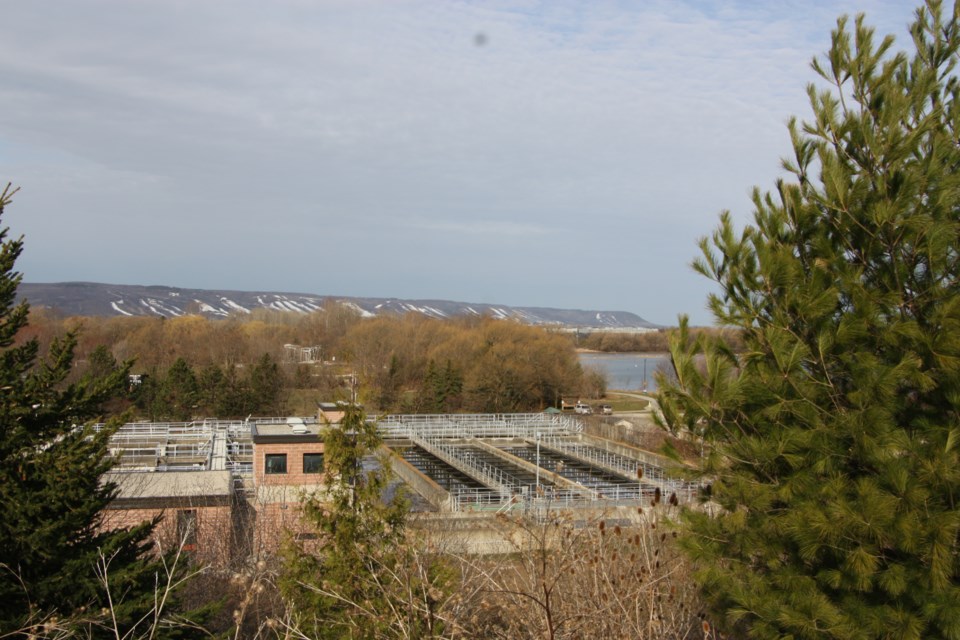Some wastewater overflowed into Georgian Bay on Feb. 9 before it went through the final leg of the treatment process, resulting in what is known as a partial bypass event.
Collingwood's director of public works, engineering and environmental services, Peggy Slama, reported to council on Feb. 13 that the bypass lasted less than 30 minutes and involved approximately 41.5 cubic metres of wastewater, less than 0.01 per cent of the total wastewater treated that day.
She confirmed later to CollingwoodToday in an email that the bypass lasted 26 minutes.
During the bypass event, those 41.5 cubic metres of wastewater went through the treatment process, but bypassed the final UV disinfection step. Instead, staff added chlorine before the partially treated water went into Georgian Bay.
Slama also noted to council that the raw sewage coming to the treatment plant that day was "very diluted" because of snow melt and rain.
The town's wastewater treatment plant operational staff followed protocol and notified Ministry of Environment, Conservation and Parks. They also collected samples of the water at the outflow, which were sent to the ministry.
There was a partial bypass event on Aug. 25, 2022, that sent 930 cubic metres of partially treated wastewater into the bay. On that day, heavy rains fell in Collingwood and the treatment plant received double its normal volume of wastewater.
On Sept. 23, 2021, another rainstorm in Collingwood overwhelmed the town's wastewater treatment plant, this time causing a full bypass for 14.5 hours and a partial bypass for 21.5 hours.
In the event of a full bypass, excess wastewater will overflow from the plant, bypassing the entire treatment process. It will mix with treated and partially treated water before discharging into the bay.
The town's stormwater drains do not flow through the wastewater treatment plant. However, heavy rainfalls will increase the amount of water going to the wastewater treatment plant because of infiltration into the wastewater system.
In 2021, staff explained the extra water can come from various sources including downspouts and sump pumps connected to the sanitary sewer (though they are not supposed to be). Other sources include groundwater and rainwater getting into cracks in the sewer pipes and/or maintenance holes, and from overland flooding draining into sanitary maintenance holes.
The town's wastewater treatment plant is designed to have wastewater bypass (fully or partially) when the plant is overwhelmed in order to prevent sewer backups from occurring in local homes. Without bypassing, the wastewater would fill the sanitary sewer pipes and start backing up into residences and through maintenance holes on the street, according to town staff.



